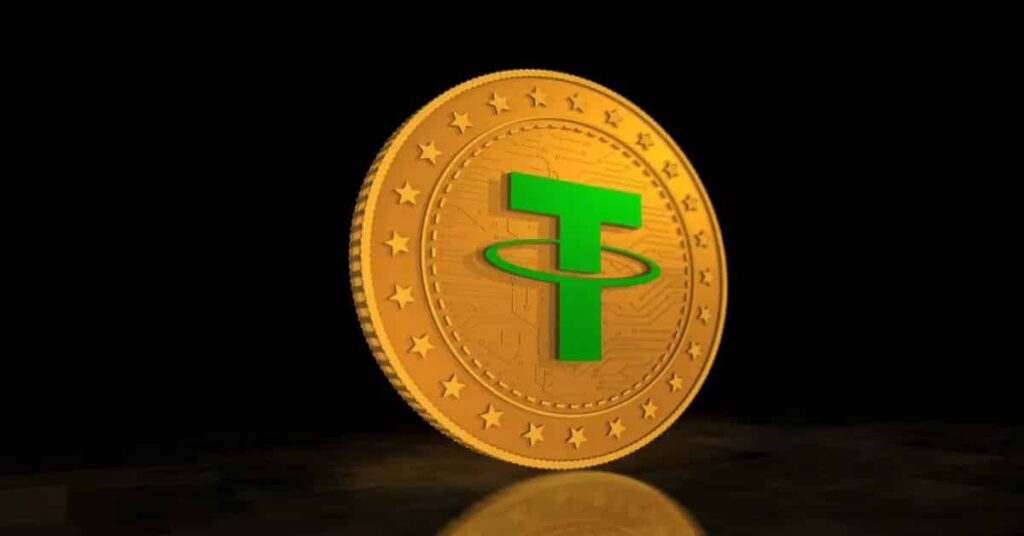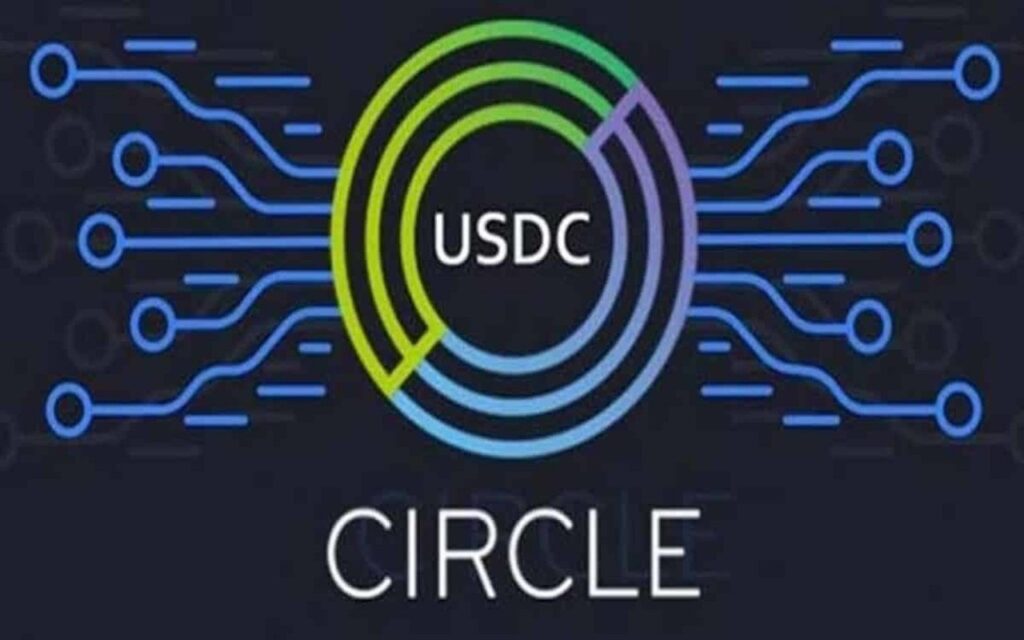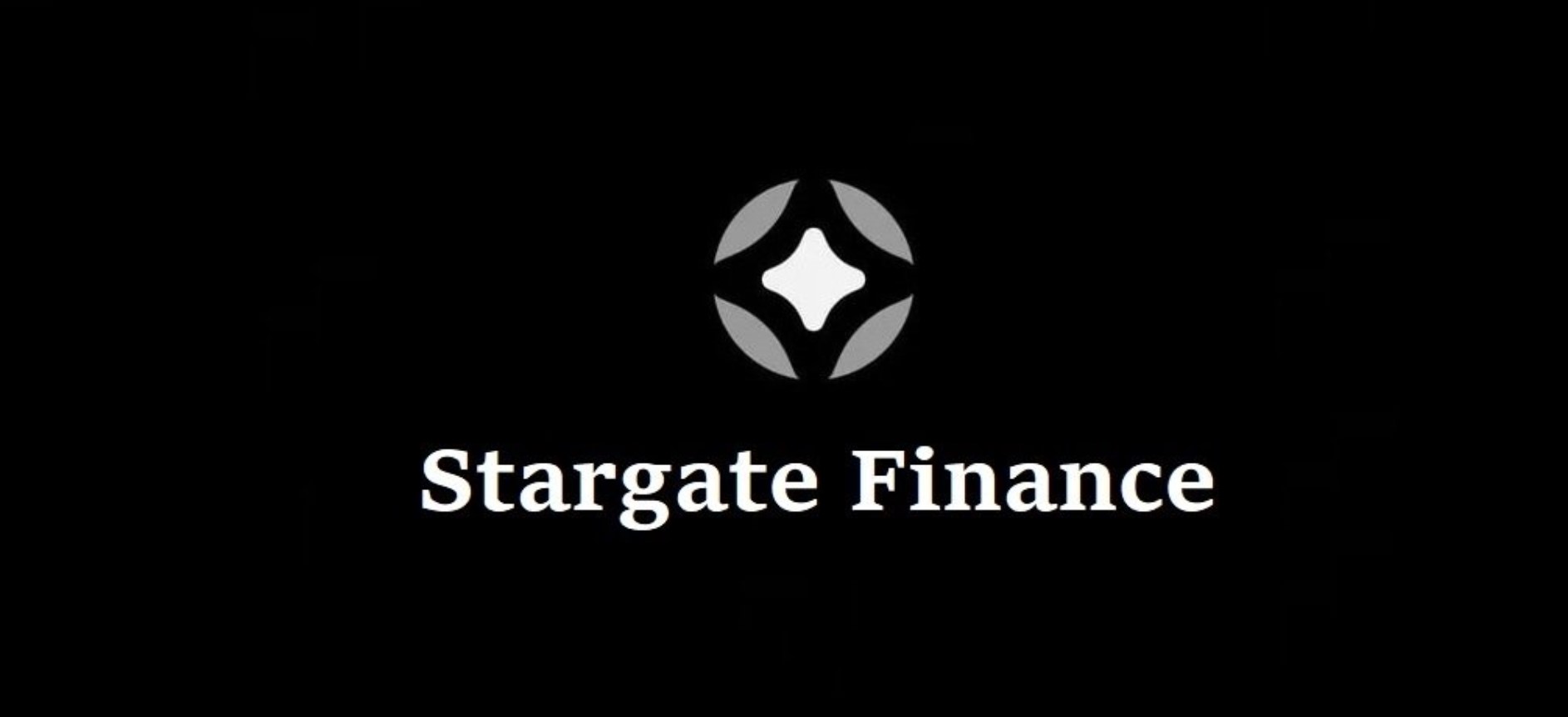TL;DR Breakdown
- USDC and USDT are top stablecoins bridging traditional finance and crypto
- Stablecoins maintain stable value, pegged to assets like fiat or commodities
- How to buy: Choose exchange, create account, fund, purchase, secure storage

In this guide, we are going to differentiate between the two stablecoins and the key differences between them. Stablecoins have emerged as a crucial bridge between traditional finance and the digital asset ecosystem. Among these, USDC (USD Coin) and USDT (Tether) stand out as two of the most prominent players.
What is a Stablecoin?
Think of it this way; if regular cryptocurrencies are like a roller coaster that goes up and down, stablecoins are more like a calm train ride that stays level. A stablecoin’s value is pegged to another asset, such as fiat currency or a commodity to maintain a stable price.
So, in simple terms, a stablecoin is like a digital version of a dollar (or another regular currency) that you can use in the world of cryptocurrency. It tries to keep its value steady, making it safer and more useful for everyday transactions in the digital world.
The Importance of a Stablecoin
Stability in a volatile market: Stablecoins provide a safe space within the volatile cryptocurrency market. When other cryptocurrencies experience rapid price fluctuations, stablecoins offer a reliable store of value.
Form a Bridge Between Crypto and Traditional Finance: Stablecoins act as a bridge between the traditional financial system and the crypto world. Users can easily convert their regular money into stablecoins and vice versa.
Trading Pairs: Stablecoins are widely used as trading pairs on cryptocurrency exchanges. This allows traders to quickly move in and out of positions without converting back to fiat currency.
Facilitating Transactions: For everyday transactions, stablecoins offer the benefits of cryptocurrency (like fast, borderless transfers) without the price volatility that could complicate purchases.
Smart Contract Integration: Stablecoins can be easily integrated into smart contracts, enabling automated financial transactions and agreements.
Types of Stablecoins
Fiat collateralized stablecoins- Remember how we talked about stablecoins being digital money that stays the same value? Now, a fiat collateralized stablecoin is a special type of stablecoin. ‘Fiat’ means regular money or dollars that the government makes. ‘Collateralized’ means something is backed up or supported by something else. So, a fiat collateralized stablecoin is digital money that’s backed up by real money in a bank.
Commodity-backed stablecoins- These coins are somewhat of a sub-category of fiat collateralized coins. The cool thing about community-backed stablecoins is that they don’t rely on regular banks or governments. Instead, they use gold, computer programs, and teamwork to keep their value steady. It’s like a big group project where everyone works together to keep their special money stable and useful.
Crypto-collateralized stablecoins- These types of stablecoins are backed by other cryptocurrencies. For example, MakerDAO’s Dai (DAI) stablecoin is pegged to the U.S. dollar and is backed by Ethereum (ETH) and other cryptocurrencies worth about 150% of the DAI stablecoin in circulation.
Algorithmic stablecoins- These stablecoins may or not hold reserve assets. Their main aim si to keep the stablecoin’s value stable by controlling its supply through an algorithm, essentially a computer program running a preset formula.
What is Tether (USDT)?
Tether (USDT) is a popular type of digital money in the cryptocurrency world tied to the US dollar. It was established in 2014 by iFinex, the company that owns it.

Tether works like a digital version of a dollar that you can use on the internet. For every USDT created, the company behind it, is supposed to keep one real US dollar in reserve. This backing helps maintain USDT’s stable value.
Tether is widely accepted in the crypto world, making it easy to trade and use. However, it has faced some controversy about whether it truly has enough reserves to back all the USDT in circulation. Despite debates, Tether remains one of the most used stablecoins, playing a significant role in the cryptocurrency ecosystem.
What is USD Coin (USDC)?

USD Coin (USDC), created by Circle company in 2018, is a digital version of the US dollar in the cryptocurrency world. It’s a type of stablecoin, which means it’s designed to always be worth $1. USDC is known for being transparent.
The company regularly reports on its reserves to show they have enough real dollars to back all the USDC in circulation.
How to Buy Stablecoin
Step 1: Choose a reputable crypto exchange, for example MEXC.
Step 2: Create an account on the chosen exchange. This typically involves email verification and identity verification (KYC).
Step 3: Add funds to your account. This can be done via bank transfer, credit card, or other supported payment methods.
Step 4: Search for the stablecoin you want to buy (e.g., USDC, USDT).
Step 5: Select the trading pair (e.g., USD/USDC) and enter the amount you wish to purchase.
Step 6: Review the transaction details and confirm the purchase.
Step 7: Once the transaction is complete, the stablecoins will appear in your exchange wallet.
For added security, consider transferring your stablecoins to a personal wallet if you plan to hold them long-term. Now you know the main differences between USDT and USDC. If you plan to start buying stablecoins, or this guide has some extra insight to your existing knowledge, you may be pleased to know that MEXC provides the ability to buy stablecoin assets.
Personal Note From MEXC Team
Check out our MEXC trading page and find out what we have to offer! There are also a ton of interesting articles to get you up to speed with the crypto world. Lastly, join our MEXC Creators project and share your opinion about everything crypto! Happy trading! Learn about interoperability now!
Join MEXC and Get up to $10,000 Bonus!
Sign Up


